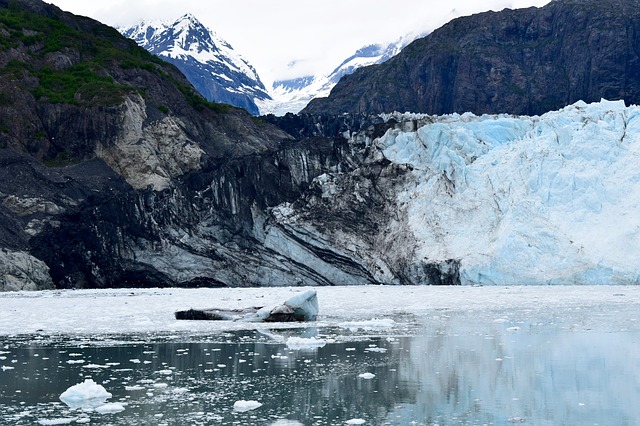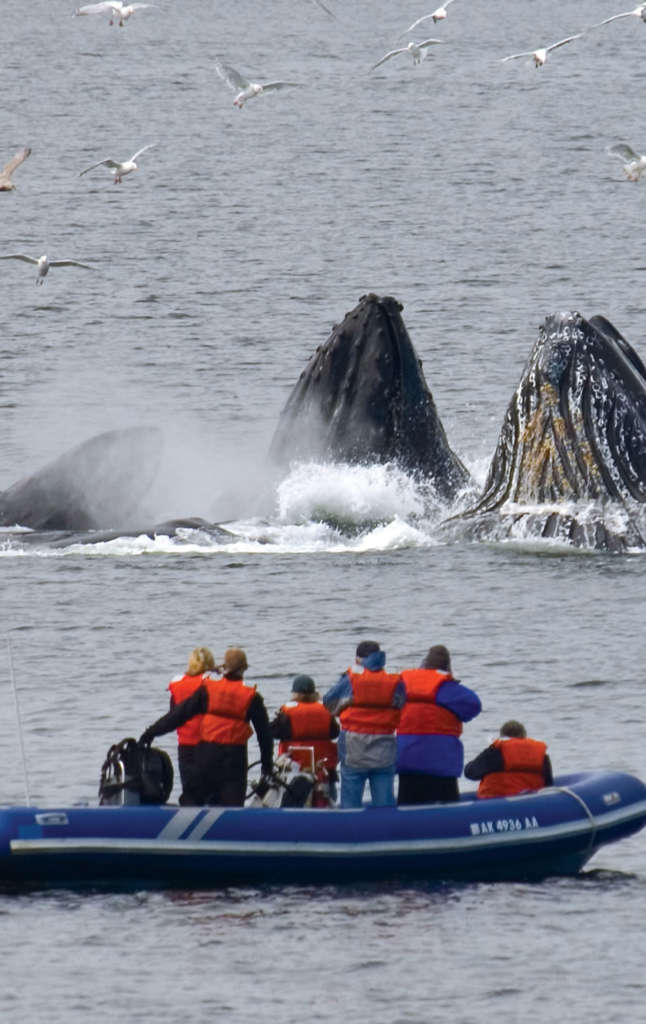ALASKA – Glacier Bay
UNESCO World Heritage Sites of the World
Glacier Bay National Park & Preserve
In this series, we explore the UNESCO World Heritage Sites of the world. A site is deemed to be a World Heritage Site by UNESCO if it is of outstanding universal value and meets at least one out of ten selection criteria.
CATEGORY: Cultural & Natural – Outstanding Universal Value
- The American Biosphere Reserve of Glacier Bay National Park and Preserve covers a massive 3,223,384 acres
- The US National Parks service works with the Hoonah and Yakutat Tlingit Native American organizations to manage this protected area with almost 2,770,000 acres being designated as wilderness
- Sedimentary rocks have been ground down by the huge glacial movements over the last 7000 years creating lakes and steep mountain slopes resulting in breathtaking scenery.
- The Park is named for its abundant tidewater and terrestrial glaciers, numbering 1,045 in total.
- Glacier Bay NP boasts wet tundra, Alpine tundra, coastal forest, and glaciers and icefields ecosystems

History
Joseph Whidbey, master of the Discovery during the 1791–95 Vancouver expedition, found Icy Strait, at the south end of Glacier Bay, choked with ice in 1794. Glacier Bay itself was almost entirely covered by one large tidewater glacier. In 1879 naturalist John Muir found that the ice had retreated almost all the way up the bay, a distance of around 48 miles (77 km). By 1916 the Grand Pacific Glacier was at the head of Tarr Inlet about 65 miles (105 km) from Glacier Bay’s mouth. This is the fastest documented glacier retreat. Not all of the park’s glaciers are in retreat. Two examples are the Johns Hopkins Glacier which, according to observations in 2012, has been advancing at the rate of 10 to 15 ft (3.0 to 4.6 m) per day, and the Margerie Glacier which is stable, neither advancing nor retreating. Scientists working in the park and preserve hope to learn how glacial activity relates to climate change. (1)
Wildlife
An extended visit to Glacier Bay National Park may be highlighted by spotting many of the below critters and creatures…

- Brown bears & Black Bears
- Wolf & Coyote
- Moose
- Black-tailed deer
- Red Fox
- Porcupine
- Marmot
- Dall Sheep
- Beaver
- Lynx
- Otter
- Mink
- Wolverine
- Mountain goat
- Orca
- Minke Whale
- Humpback Whale
- Falcon, Osprey, Hawk & Owls
- Sea Lion
Top Travel Tips to Glacier Bay
- Glacier Bay is a feature of any trip to Alaska – ensure that this is a destination on any cruise you choose to the area
- The smaller the ship you choose, the more likely you are to ‘go deep’ into the National Park, away from the crowds and closer to the wildlife
- Some small ship cruises allow you to stop and hike, kayak or stand up paddleboard in the park
- Bring your own water and take away your own rubbish
- Dress warmly in layers that you can remove as the day heats up
- Bring/use insect repellent that is kind to the environment
- Listen to your guide’s instructions – especially around wildlife
- Bring your binoculars and a long lens on your camera
Cruises featuring Glacier Bay: CLICK HERE
(1) Information from: https://en.wikipedia.org/wiki/Glacier_Bay_National_Park_and_Preserve
Images by: UnCruise Adventures

